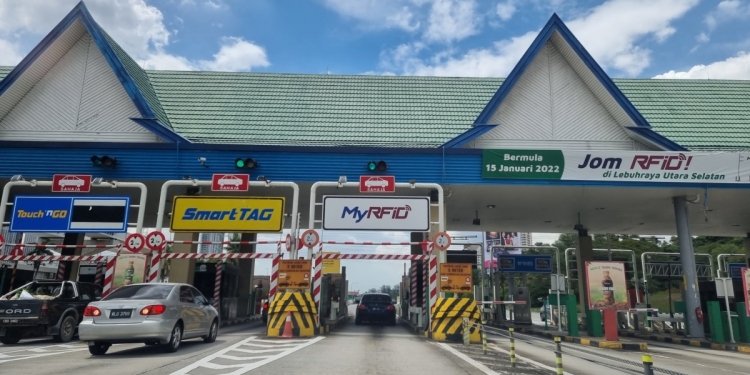The Works Ministry has reiterated its commitment to introduce Multi-Lane Free Flow (MLFF) for toll collections by 2025. Minister of Works Datuk Seri Fadillah Yusof said during a media engagement session that the MLFF proposal has been approved by the Cabinet. Once implemented, vehicles would not need to stop to pay tolls as there would not be any physical toll plazas with boom barriers.
With MLFF, tolls will be collected electronically when vehicles pass through a barrier-less toll gantry similar to Singapore’s ERP and toll roads in Australia. Before the “palang” and dedicated toll lanes can be removed, here are three things that the government needs to do.
Clear legal framework to handle outstanding payments
At the moment, all toll highways have barriers that will only open once payment is completed. With MLFF, there will be no barriers and highway operators have to be assured that tolls can be collected effectively. RFID is seen as a key enabler for MLFF as vehicle owners can be charged automatically when their RFID tag is detected. However, there will be instances where some vehicle owners don’t have a sufficient balance or if the vehicle is not tagged with RFID.
In countries such as Australia, vehicle owners without a tag or account will receive an invoice or a toll notice with extra admin fees. If the toll notice isn’t settled on time, there will be additional late fees which will increase the overall cost. After an extended period of time, toll dodgers could be referred to a debt collector or will receive a fine from the government.
Malaysia currently doesn’t have a clear legal framework to enforce fraud and bad toll payment situations. Recently, AKLEH resorted to catching toll dodgers at the toll booth and shaming them on social media. In addition, it was also reported that more than three-quarters of traffic summons issued to Singaporean cars have not been paid. If Malaysia can’t even collect fines properly, how can highway operators be assured that tolls are collected effectively with less leakage?
It is clear that tougher laws are needed to handle toll evaders before MLFF can be implemented. Malaysia could follow other countries by imposing fines and extra charges for unsettled tolls or blocking vehicles with outstanding toll charges from renewing their road tax. To get tough on evaders, bad toll payments could be recorded into CTOS which would impact an individual’s financial rating.
More payment options besides Touch ‘n Go
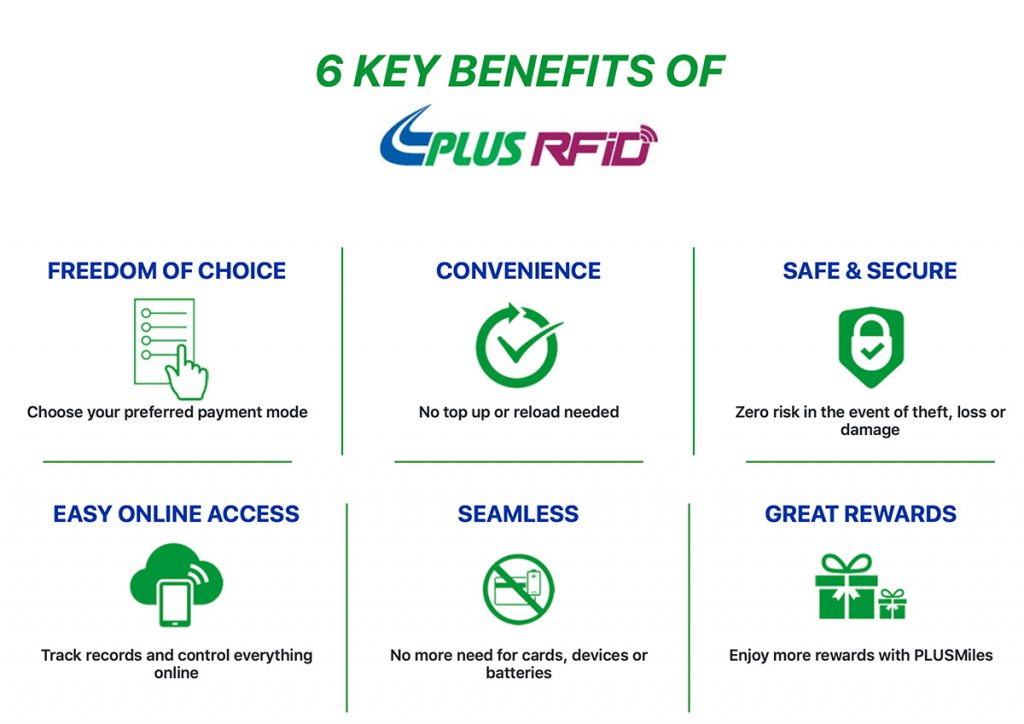
In case you didn’t know, PLUS used to have its own RFID system which can be linked to your Visa or Mastercard. CIMB which owns Touch ‘n Go were not too happy about it and had taken legal action to stop the highway concessionaire from running their own RFID system. Initially, PLUS denied that it has breached any contract as its RFID system offered more options and convenience for highway customers to pay for tolls via credit or debit card, in addition to the existing mode of payments using Touch ‘n Go.
Eventually, PLUS gave up on its RFID pilot and announced its support for Touch ‘n Go RFID as its sole RFID solution. However, in exchange, CIMB Group was supposed to enable multiple cashless payment options for TNG RFID through an open payment system.
Tengku Datuk Sri Zafrul Aziz who was formerly the Group CEO of CIMB Group said in November 2019, “We’re extremely pleased to have been able to work with PLUS to lead this landmark initiative. The democratisation in toll payments is something we fully champion and the CIMB teams, together with the teams at our subsidiary TNG, are committed to collaborating with PLUS and, in time, other highway concessionaires to make open payments an accessible reality for all Malaysians.”
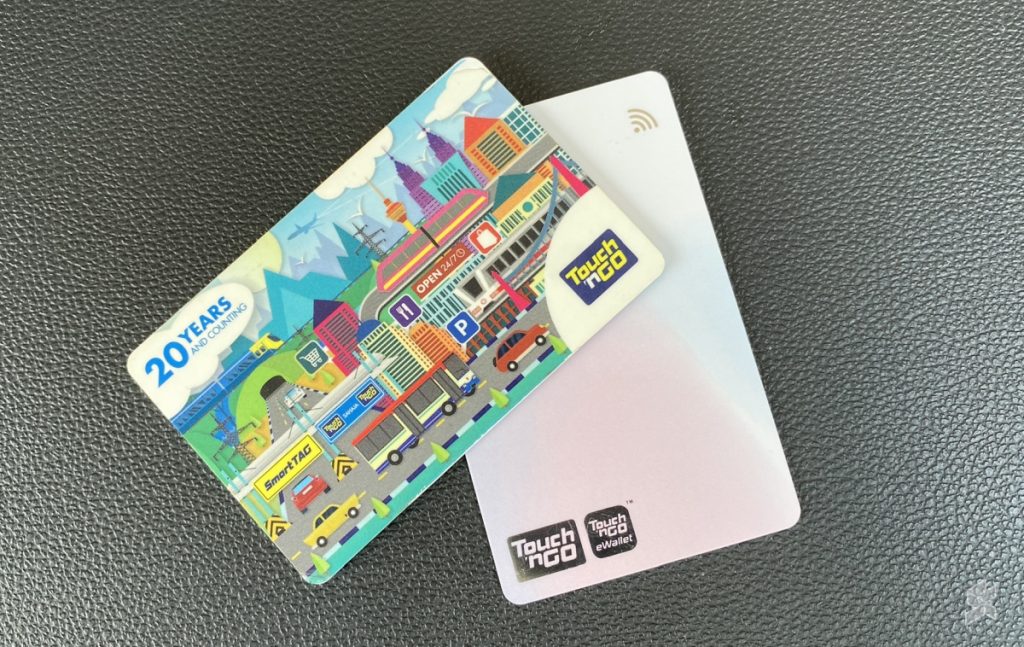
After nearly three years, Touch ‘n Go remains the defacto payment platform for highway toll payments which include physical Touch ‘n Go card, SmartTAG and RFID. Works Minister Datuk Fadillah said early this year that highway tolls can be paid using any digital payment provider and not just Touch ‘n Go once MLFF is fully implemented in 2025. Since there are no barriers with MLFF implementation, the physical Touch ‘n Go card and SmartTAG will be phased out for future toll payments.
Enforce standardised number plates
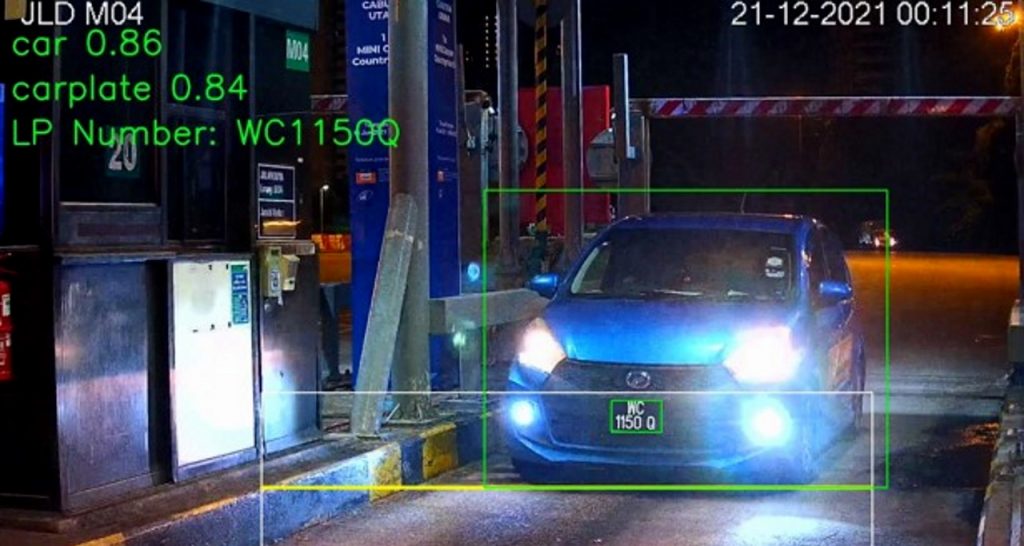
For an effective toll collection system without barriers, there’s a need for a robust vehicle identification system. This can be done through automated number plate recognition (ANPR) which is currently being implemented by PLUS as a secondary validation layer. If you’ve been driving in Malaysia, you would have probably noticed non-standard fancy plates which are hard to recognise not just by computers but also humans.
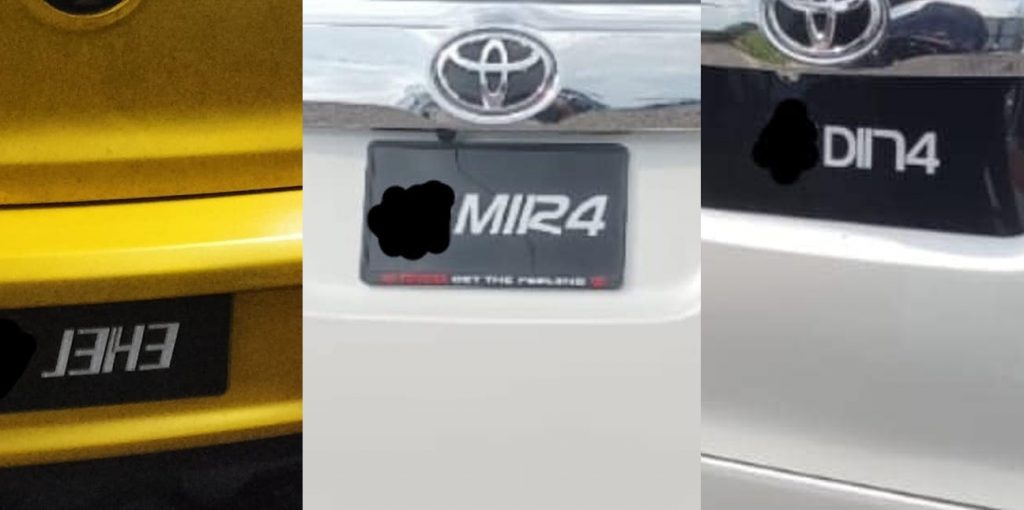
The use of fancy number plates with non-compliant fonts, placement and sizes is against the law but there’s a clear lack of enforcement. This is where Road Transport Department (JPJ) can play a vital role and centralise the issuance of number plates similar to other road authorities in other countries.
Transport Minister Datuk Seri Dr Wee Ka Siong revealed early this year that JPJ has been studying new technology for vehicle registration such as RFID, QR codes and chips. He added that RFID would allow enforcement to be carried out through automation to ensure accurate readings of vehicle registration and to help minimise cost. He also said if JPJ adopts RFID, vehicle owners can avoid the need of having several RFID tags as they can be used for other purposes besides toll payments.
If the government aims to issue new number plates with RFID, this would address several concerns one go including the cost of RFID tags which many have voiced out on social media as too expensive.
Related reading
- TNG monopoly on highways to end in 2025 when MLFF is implemented with RFID
- Tougher laws against toll evaders needed before highway toll barriers are removed
- PLUS highway uses Nvidia GPUs and software for number plate recognition
- JPJ might introduce RFID-embedded number plate or road tax for Malaysian vehicles

